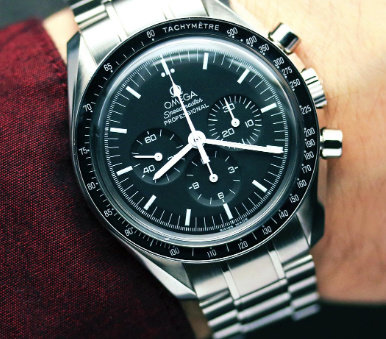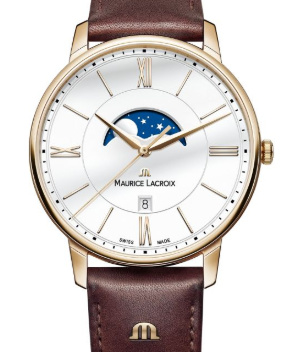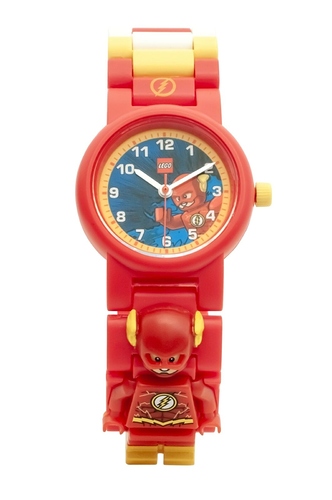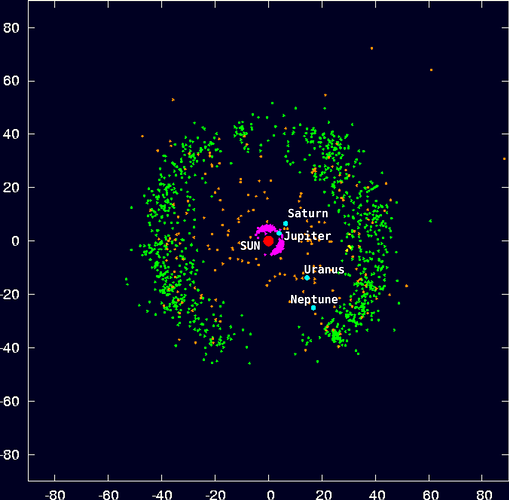Bulova heeft ook een echte moonwatch geschiedenis hoor…
Wat knip en plakwerk van Watchtime
The 1960s saw Bulova’s most famous and influential contribution to the science of watchmaking — the Bulova Accutron, the world’s first fully electronic watch. Rolled out under worldwide scrutiny at the World’s Watchmaking Fair in Basel, Switzerland (now called Baselworld) in 1960, the watch incorporated a revolutionary new technology that utilized a 360-Herz tuning fork, powered by a one-transistor electronic oscillator, to drive the timekeeping functions rather than a traditional balance wheel. The brainchild of Bulova engineer (and Basel native) Max Hetzel, this technology ensured an oscillation rate of 360 times per second — nearly 150 times faster than that of a mechanical, balance-wheel-driven timepiece — and guaranteed an accuracy to just one minute per month. The Accutron was distinguished by its telltale humming instead of ticking, a sound generated by the vibrating tuning fork. The first Accutron model, called Spaceview 214 and featuring its now-famous open dial showing off the high-tech movement, also deviated from traditional wristwatch design with its lack of setting stem and crown on the side of the watch; these elements were instead placed on the back of the case. The Accutron has been the cornerstone of Bulova’s portfolio ever since. In 2010, its 50th anniversary year, Bulova released a special, limited-edition replica of the Spaceview with a modern movement.
Bulova also lent its expertise to the U.S. government during the late-1960s Space Race with the Soviet Union. During its decades-long partnership with the National Aeronautics and Space Administration (NASA), Bulova helped outfit numerous satellite missions with Accutron timekeeping technology, starting with the Vanguard 1 in 1958. All timekeeping instruments, including instrument-panel clocks, aboard NASA’s manned spacecraft missions leading up to and including the legendary first Moon Walk on July 21, 1969, were equipped with Bulova Accutron tuning fork technology. (At the time, even NASA scientists could not know how a mechanical timekeeper would function in low-gravity conditions.) Of course, watch history buffs are well aware that it was the Omega Speedmaster Professional (now appropriately nicknamed the Moonwatch) that won the right to be official NASA watch and hence the first watch worn on the moon during the historic Apollo 11 mission in 1969. Fewer may realize that astronaut Buzz Aldrin also placed a Bulova Accutron timer in the Sea of Tranquility to help transmit critical data transmissions. In commemoration of its role in the Space Race, Bulova subsequently released a limited-edition Accutron “Astronaut” watch, with Buzz Aldrin’s signature on the caseback.
A Bulova Accutron chronograph wristwatch finally made it to the lunar surface in 1971, on the wrist of Apollo 15 mission commander David R. Scott. Scott wore the watch, which had been specially engineered to withstand lunar conditions, as a backup after the crystal on his NASA-issued Omega, according to records, had popped off. Scott’s Bulova watch — the only privately owned watch ever to visit the moon — recently sold at auction for $1.62 million. To commemorate the record-setting sale, Bulova released its Special Edition Moon Watch Chronograph — aesthetically a very faithful re-creation of the original (which was never made available commercially), but outfitted with a modern UHF (Ultra-High-Frequency) quartz movement, which Bulova says gives the watch an extremely high degree of timekeeping accuracy, losing just seconds per year. It also powers a continuous sweep seconds hand for the chronograph function, a feature rare in quartz chronograph watches. The classical tricompax dial features what the brand calls “super-luminous” treatment on the hands and hour markers and is surrounded by a tachymeter scale for calculating speeds. One other consolation to modern tastes and convenience is the small date window at 4:30. This watch is currently available at retail for $550.












